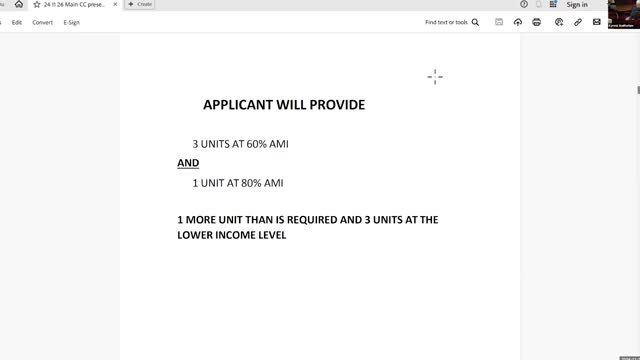City approves transformative mixed-use development on Main Street
December 06, 2024 | Gloucester City, Essex County, Massachusetts
This article was created by AI summarizing key points discussed. AI makes mistakes, so for full details and context, please refer to the video of the full meeting. Please report any errors so we can fix them. Report an error »

In a recent Gloucester City Council meeting, significant discussions unfolded regarding a proposed mixed-use development project that aims to revitalize an underutilized lot in the downtown area. The project, which has undergone several modifications since its initial presentation, is designed to blend residential and commercial spaces, addressing both housing shortages and enhancing local business opportunities.
The developer outlined key changes made to the project, including a reduction in height from 45 feet to 37 feet 4 inches, the removal of the top floor, and the relocation of roof equipment to comply with the historic district commission's requests. These adjustments aim to ensure the building harmonizes with the architectural character of Main Street, featuring clapboard siding and a façade that aligns with neighboring structures.
Council members were informed that the project is consistent with the Gloucester Zoning Ordinance and the city’s housing production plan, which identifies a pressing need for more residential units. The development is expected to not only provide much-needed housing but also enhance the local economy by increasing foot traffic to nearby businesses. The applicant emphasized that the project would augment the customer base for local merchants while maintaining pedestrian-friendly access, as most residents are likely to walk to nearby shops.
Traffic flow and safety were also key points of discussion. A peer-reviewed traffic study indicated minimal impact on local traffic patterns, with plans to expand access roads to accommodate emergency services. The project is designed to exceed parking requirements, further alleviating concerns about congestion.
The council was presented with a comprehensive review of the project’s environmental impact, confirming that it would not adversely affect the natural surroundings. The site is adequately served by public utilities, and a detailed stormwater management plan has been approved.
As the meeting progressed, the developer highlighted the economic benefits of the project, estimating a construction cost of $7 million, which would generate significant permitting fees for the city. The project is anticipated to enhance property values in the area and contribute to the city’s tax revenue at a time when financial resources are critically needed for public services, including education and infrastructure improvements.
In conclusion, the proposed development represents a strategic effort to revitalize downtown Gloucester, balancing the need for residential space with the preservation of the city’s historic character. As the council deliberates on the necessary permits, the project stands as a potential catalyst for economic growth and community enhancement in Gloucester.
The developer outlined key changes made to the project, including a reduction in height from 45 feet to 37 feet 4 inches, the removal of the top floor, and the relocation of roof equipment to comply with the historic district commission's requests. These adjustments aim to ensure the building harmonizes with the architectural character of Main Street, featuring clapboard siding and a façade that aligns with neighboring structures.
Council members were informed that the project is consistent with the Gloucester Zoning Ordinance and the city’s housing production plan, which identifies a pressing need for more residential units. The development is expected to not only provide much-needed housing but also enhance the local economy by increasing foot traffic to nearby businesses. The applicant emphasized that the project would augment the customer base for local merchants while maintaining pedestrian-friendly access, as most residents are likely to walk to nearby shops.
Traffic flow and safety were also key points of discussion. A peer-reviewed traffic study indicated minimal impact on local traffic patterns, with plans to expand access roads to accommodate emergency services. The project is designed to exceed parking requirements, further alleviating concerns about congestion.
The council was presented with a comprehensive review of the project’s environmental impact, confirming that it would not adversely affect the natural surroundings. The site is adequately served by public utilities, and a detailed stormwater management plan has been approved.
As the meeting progressed, the developer highlighted the economic benefits of the project, estimating a construction cost of $7 million, which would generate significant permitting fees for the city. The project is anticipated to enhance property values in the area and contribute to the city’s tax revenue at a time when financial resources are critically needed for public services, including education and infrastructure improvements.
In conclusion, the proposed development represents a strategic effort to revitalize downtown Gloucester, balancing the need for residential space with the preservation of the city’s historic character. As the council deliberates on the necessary permits, the project stands as a potential catalyst for economic growth and community enhancement in Gloucester.
View full meeting
This article is based on a recent meeting—watch the full video and explore the complete transcript for deeper insights into the discussion.
View full meeting
